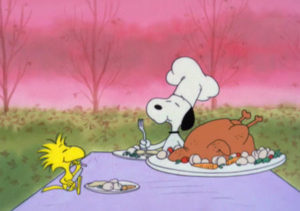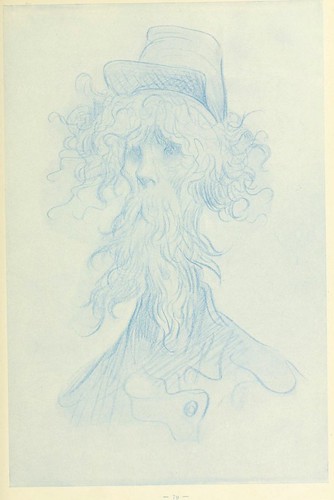‘Tis the season! For that uncanny one on your list who is always hard to shop for I would recommend My Favorite Thing Is Monsters [amazon]. The only bad thing about it is we have to wait a year for vol. 2. The good thing is everything else. The story. The art. The combination of those two. It’s the best graphic novel I’ve read all year. I haven’t really been excited about new comics for a while, sad to say. (I liked Seth’s latest. I always love Seth’s latest.)
As I was saying: Monsters. This one stopped me dead in my tracks, spun me around. I read it late into the night, feeling kind of weird. My cat was looking at me curiously. Then I reread parts of it. Then just stared at some of the pictures. It’s about a 10-year old girl, Karen, living in Chicago in the late 60’s, who wants to be a werewolf (but isn’t.) She’s trying to solve the mystery of the murder of the woman – Anka, a Holocaust survivor – who lived upstairs. Karen has a lot of problems in her life.
The author, Emil Ferris, has an amazing story story as well. From this NPR story:
She was a 40-year-old single mom who supported herself doing illustrations when she was bitten by a mosquito, she contracted West Nile Virus, became paralyzed from the waist down, and lost the use of her drawing hand. Fighting chronic pain, she taught herself to draw again, then reinvented herself as a graphic novelist, spending six long years creating what’s clearly an emotional autobiography.
The detailed crosshatching throughout the book is a wonder to behold. You see that cover? It’s all like that.
‘Tis also the season for me to remind you I myself have a fine, uncanny Christmas work available on Amazon. It makes a fine stocking-stuffer. Mama In Her Kerchief and I In My Madness, A Visitation of Sog-Nug-Hotep: A Truly Awful Christmas Volume.
The book will also test your eyesight – in a good way, I say. All those finicky ligatures I added, just to make your eyes water. [click to continue…]



